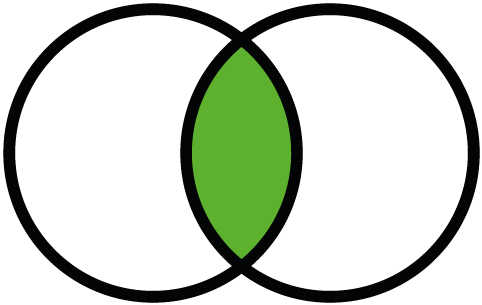Dishwashers Are Crazy

We’ve just started a new housesit near-ish to La Rochelle, France, and we have access to a dishwasher for the first time in quite a few years. In fact, I think the last time I was living somewhere with a dishwasher that I actually used might be about 10 years ago.
Anyways, this unit is an interesting two-drawer machine (it’s a DeLonghi, but appears to be a rebadged Fisher & Paykel DishDrawer), and having never used such a dishwasher, I was curious about whether or not this type is more energy and water efficient than more traditional dishwashers, so I took to the internet.
Well then! I couldn’t find specific water or energy use data for this type of dishwasher anywhere after a solid 10 minutes of Google-fu. In general, it seems that sales outlets don’t even bother advertising their figures, focusing instead on stylish photos, ergonomics, and ease of use.
But, but, but, undeterred I cast my net wider, and typed in a search for the most efficient dishwashers.
#Water Usage = Pretty good, actually According to Energy Star, the most efficient dishwashers of 2017 use between 2.4 US gallons (9.08 L) and 3.07 US gallons (11.62 L) of water per cycle. Assuming that you’re not rinsing your dishes before loading them, these figures are great! It’s actually fierce competition when compared to the average of 8 L of tepid water that my partner and I use to wash and rinse a full day of dishes (yes, we tracked it a few months ago).
I had my water numbers and was pleased by them. Just when I was about to close the browser tab, I spotted something…
#Energy Usage = Yeah, that’s not good The energy consumption figures of these, the most efficient dishwashing machines are off the charts. In total (including water heating, wash cycles, standby mode…) Energy Star reports that these machines pull between 220 and 225 kWh/year when doing an average 4 cycles per week.
So, let’s break these numbers down to make them a bit more tangible:
220 kWh per year is the same as 220,000 Wh per year. Divided by 365, that’s an average of 602.74 Wh every day. To put that into perspective, that’s the same thing as having a 100W lightbulb on for over 6 hours every single day of the year.
Frack! And the numbers that we’re using here are for the most energy-efficient machines out there.
While doing my research, I pulled up machines that were Energy Star qualified yet still consume 305 kWh/year (= an average 8h21 of 100W lightbulb use per day, every day). We’re not even talking about the behemoth machines of yesterday or modern models that are too inefficient to qualify for Energy Star. Plus, we’re completely ignoring that many users are running their dishwashers half-full or running them twice in a row when a dish comes out a bit dirty…
#Conclusions? Get your hands wet So, if you ask me for my opinion, stick to hand washing your dishes, especially if your local energy source is non-renewable or fossil-fuel based… or if you’re running solar panels. Just put on a podcast or some tunes, look out the windows, or better yet, chat with your lover or a friend while you do dishes.
#Final Thoughts While doing my research, I read a fair few pages that say that doing the dishes by hand uses more water and consumes more energy than a dishwasher. Even the Mother Nature Network and Energy Star argue this point.
Given my experience and research, this argument is surprising (I let out a lot of WTFs while reading). So, I’ll be writing up a follow-up on how we do our dishes, in case it’s of use to someone, and compare our numbers with the average real-world dishwasher scenario.
